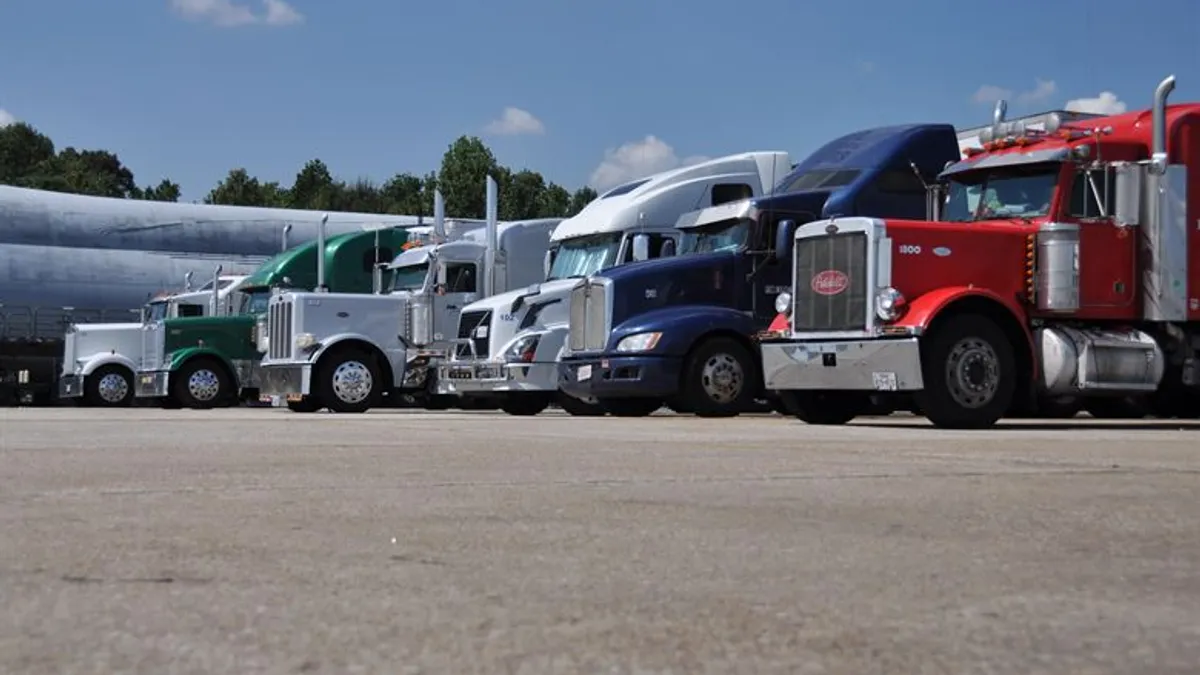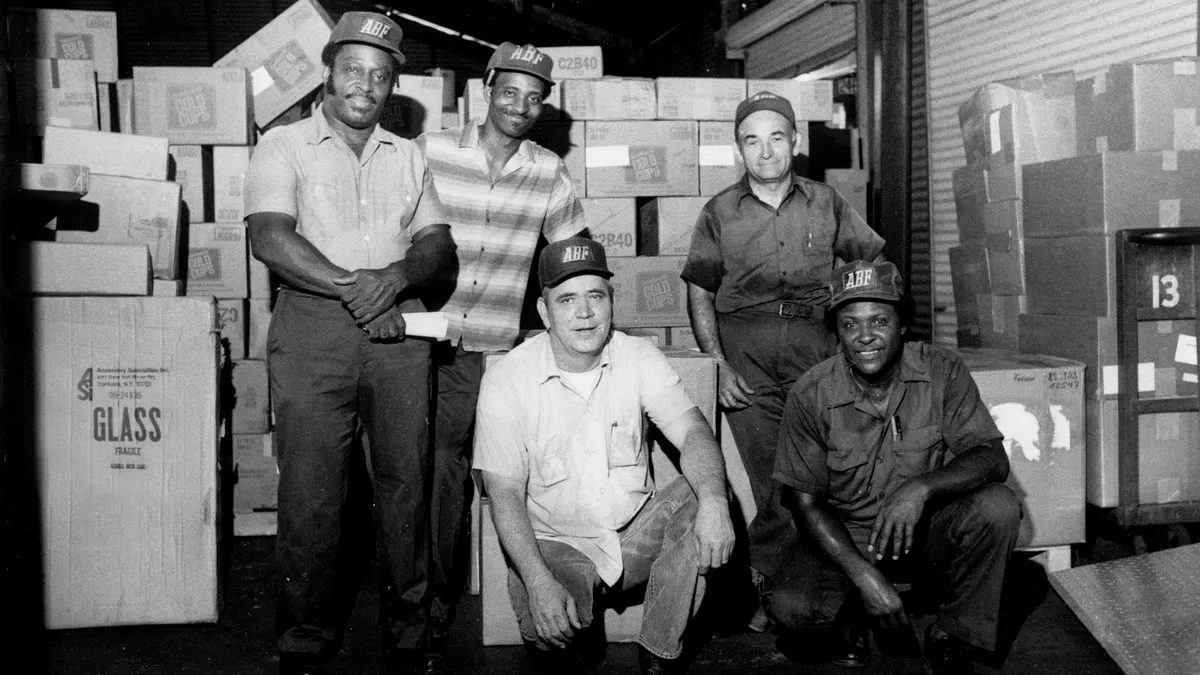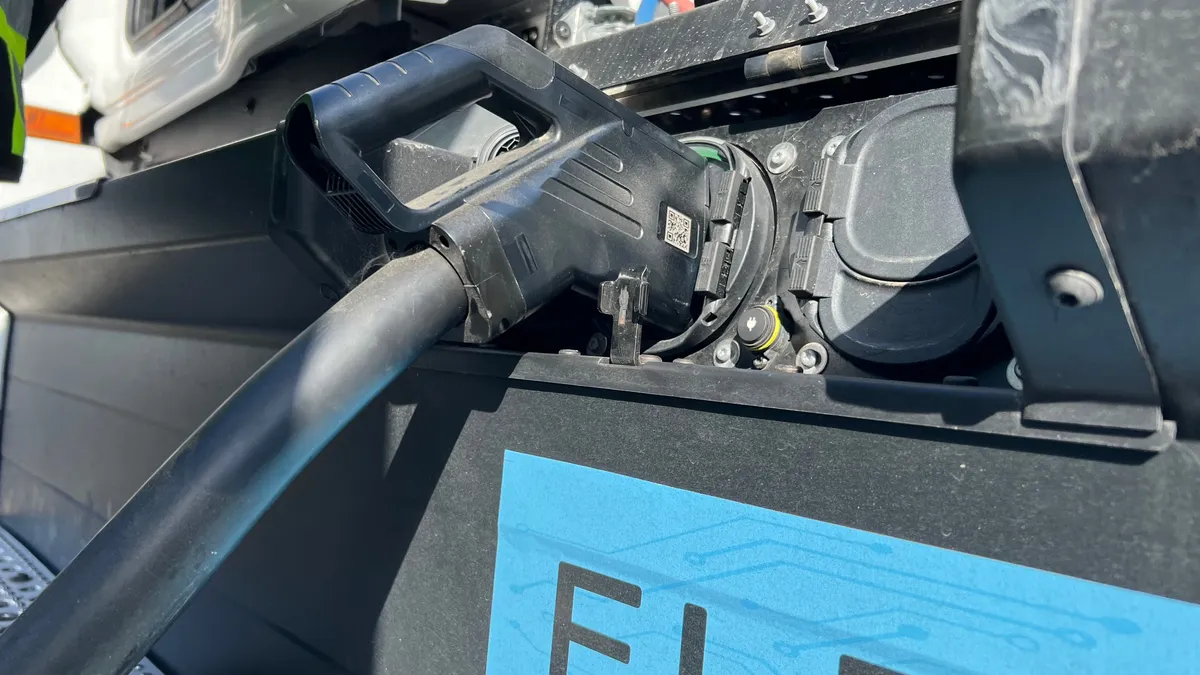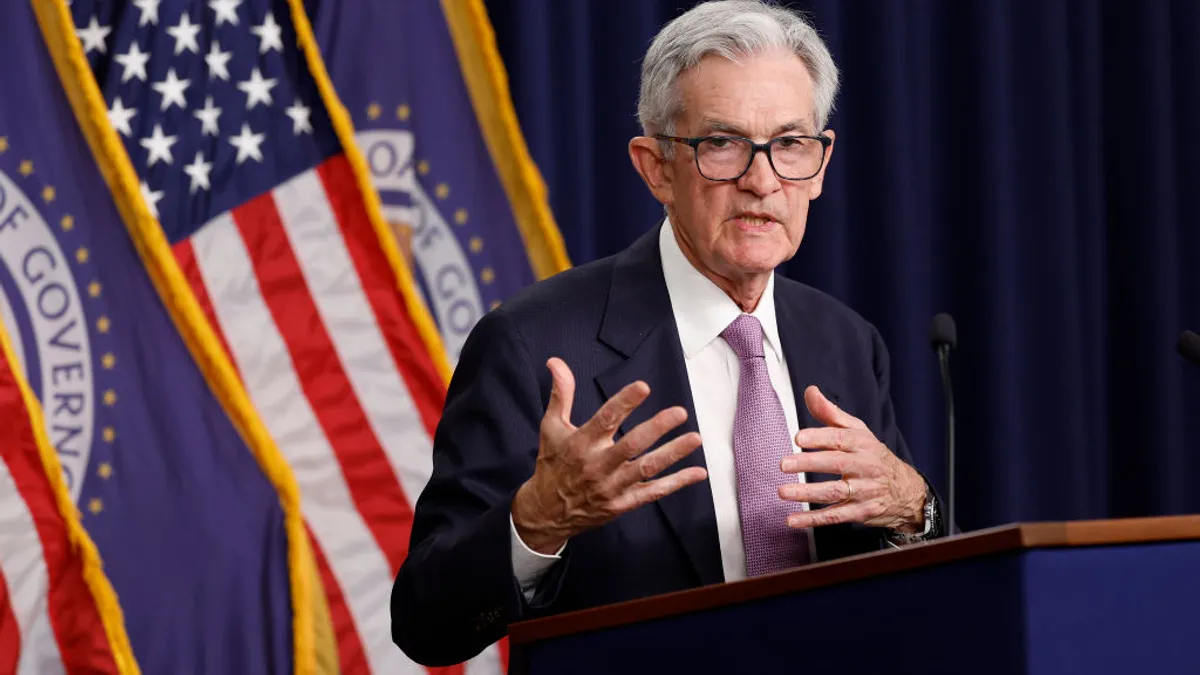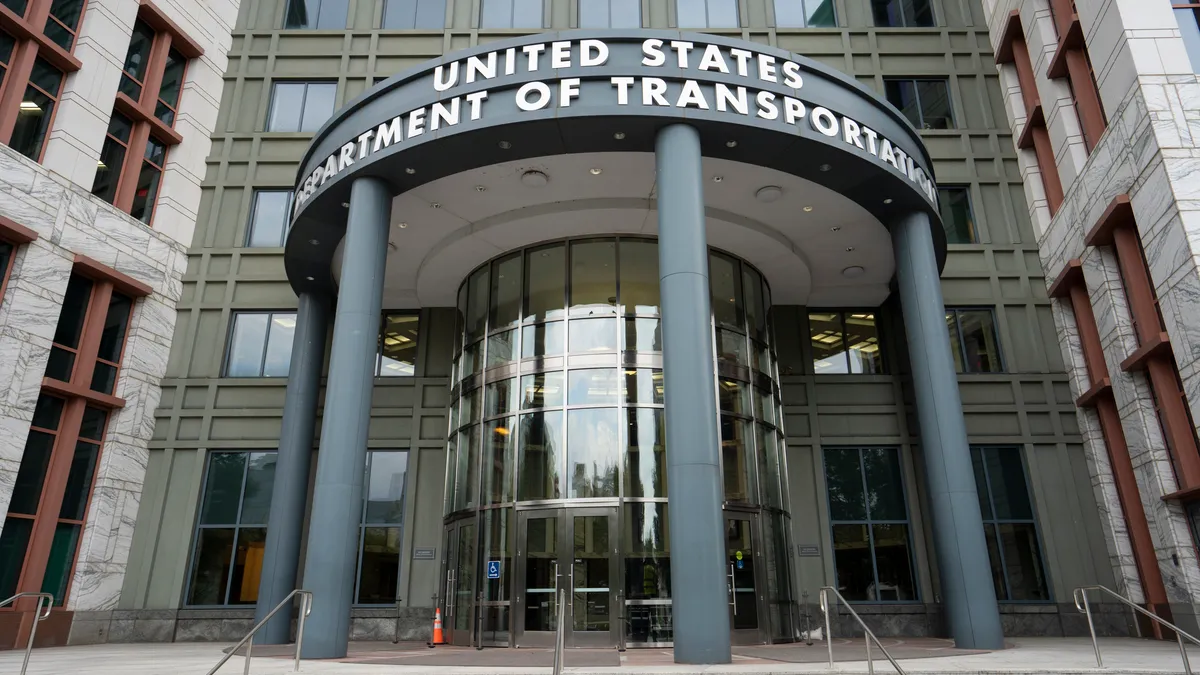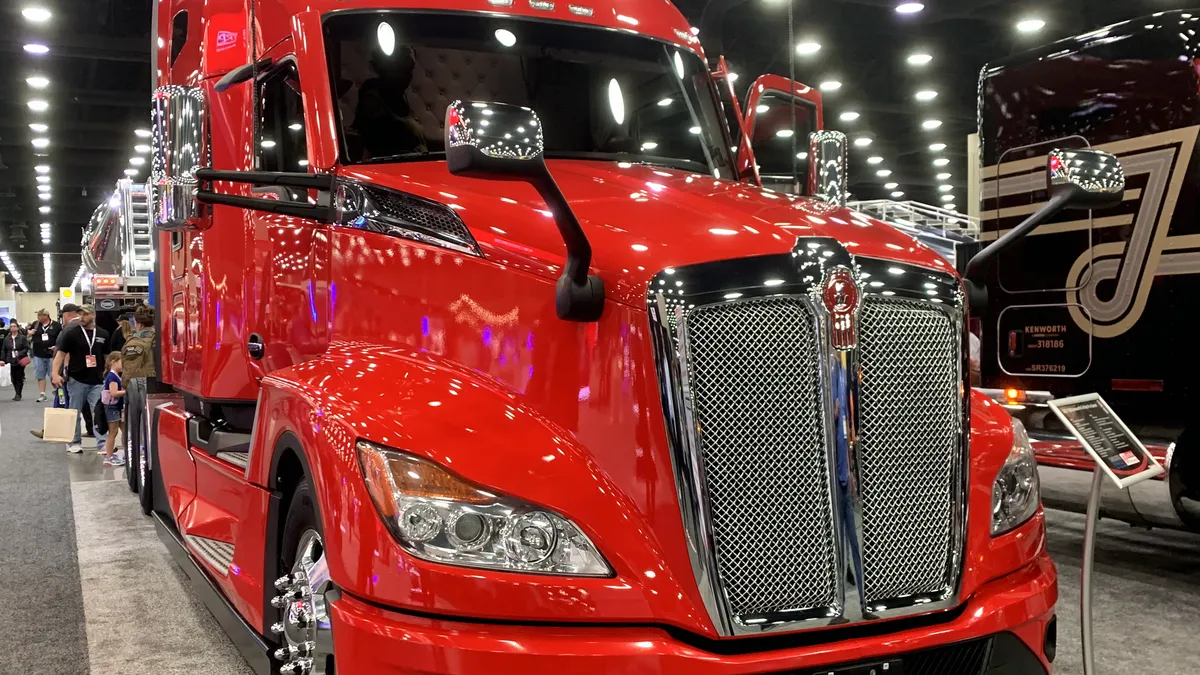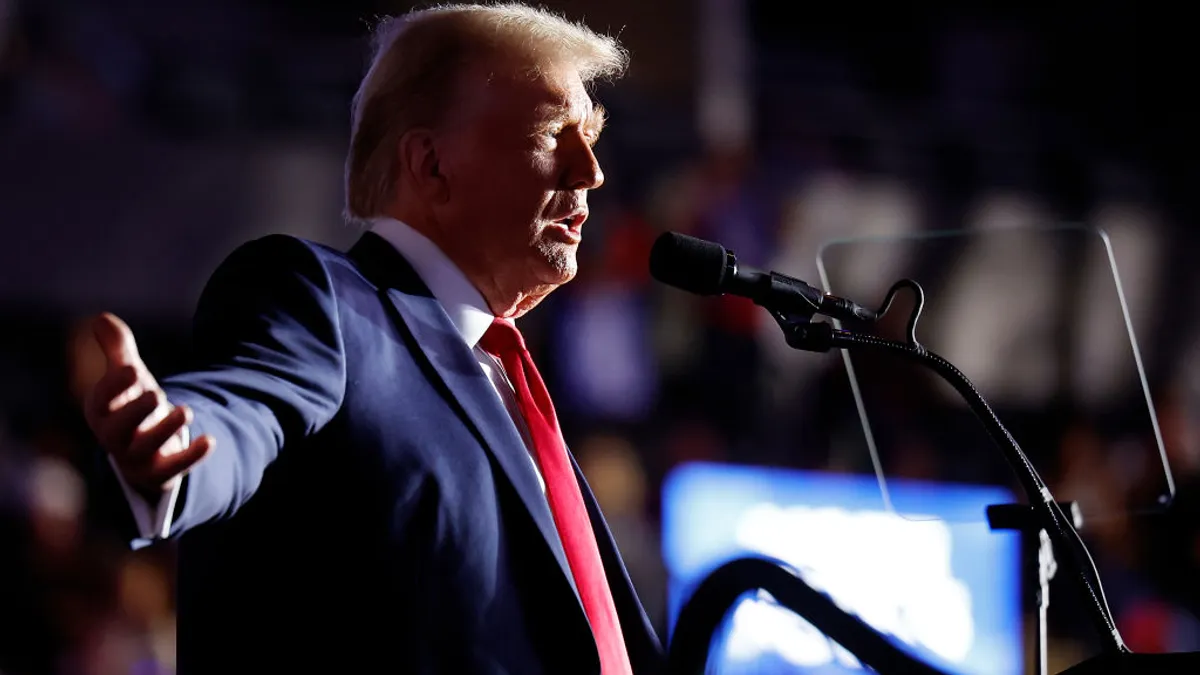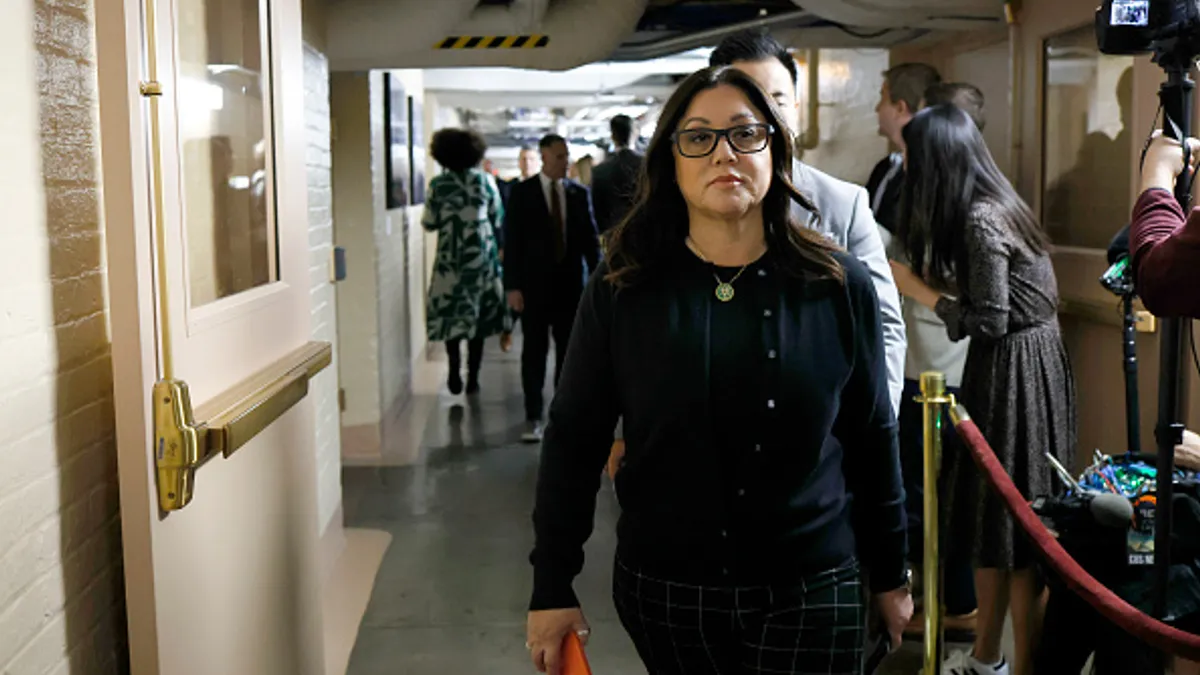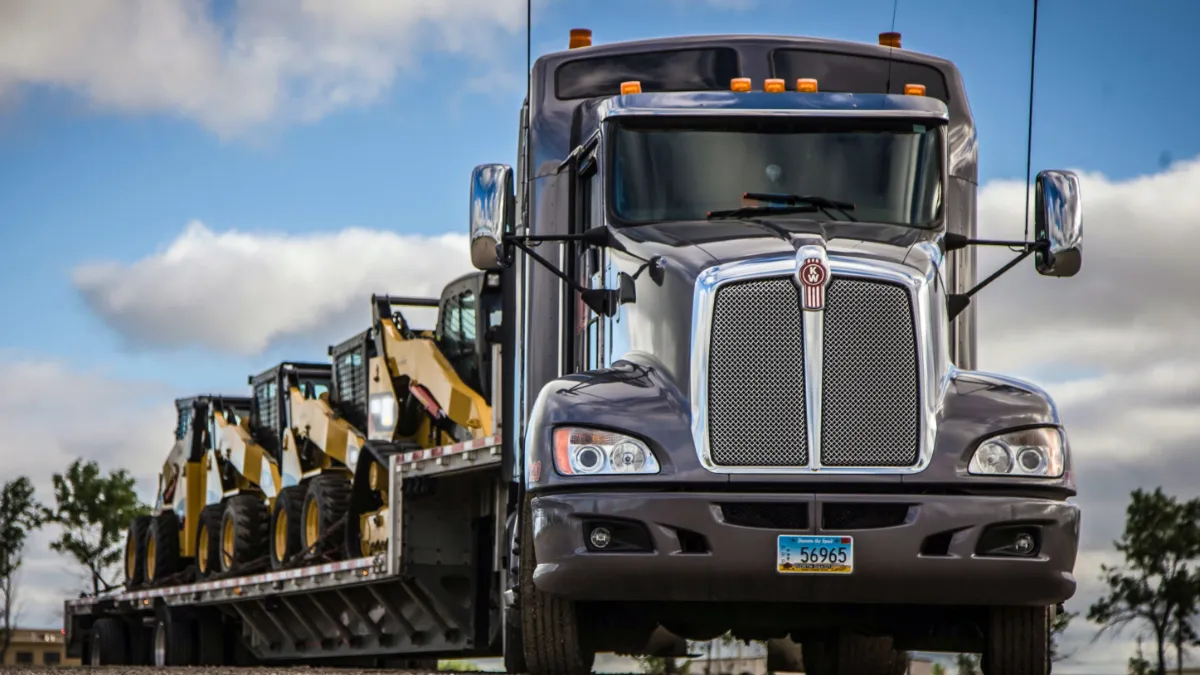Insurance premiums for trucking have trended upward for several years, often with double-digit increases. But the issue is even more urgent now with pending congressional bills, the pandemic and insurance companies not showing profits.
The pandemic hasn’t directly impacted the cost of insurance much, but crashes and fatalities have increased in recent months despite fewer vehicles on the road. COVID-19 has also driven fleets to shift business models — a factor insurance underwriters take note of, in case the changes could add additional risk, according to Jennifer Nuest, transportation marketing coordinator for HUB International Transportation Insurance Services.
When carriers move away from dedicated routes because they lose contracts and are hauling different types of loads, underwriters see that as a higher risk. Drivers may be working in unfamiliar areas or utilizing different equipment. She said underwriters ask for this information when considering new business or renewals.

Members of the Owner-Operator Independent Drivers Association can buy insurance through the association. COO Rod Nofziger said some of OOIDA’s insured members got temporary relief by pausing the policy payments. Many other insurance companies provided this same kind of relief, he said, but that has all ended now, months into the pandemic.
“When it comes time for truckers to renew their insurance coverage, they may well see some increases in costs, in part because of the insurance industry’s generosity during the beginning stages of COVID-19,” said Nofziger.
From the courtroom to the balance sheet
Factors outside of the pandemic are also contributing to the higher cost of insurance for motor carriers, including increased litigation, larger jury awards and nuclear verdicts (a legal award of more than $10 million), said Nuest.
“We are seeing third-party investors finance litigation, which gives law firms more resources to put together cases for claims that could be settled for $10,000 or $20,000,” Nuest said.
Attorneys use the reptile theory to scare the public, said Nuest. This strategy involves plaintiff lawyers demonstrating to jurors the immediate dangers that a defendant’s actions pose. In trucking, this means almost any time a trucker or fleet doesn’t follow the FMCSA’s regulations or company safety policies, attorneys use that as the focus of their plaintiff arguments.
“The insurance increase isn’t the correct remedy, because only a small percentage of accidents go above the minimum limit.”

Jennifer Nuest
Transportation Marketing Coordinator for Hub International
Louisiana recently passed legislation that addresses many of the above tactics. In July, Gov. John Bel Edwards signed the Civil Justice Reform Act of 2020, which will take effect in January 2021. Supporters of the tort reform expect the legislation to decrease auto insurance rates across Louisiana.
“This state has been one of the toughest to secure insurance for transportation,” Nuest said. “Their litigation environment is one of the worst in the country.”
Experts largely agree insurance companies are not overcharging carriers. In fact, insurance companies’ operating expenses and claims payments are higher than the premiums they are bringing in, Nuest said, leading many of them to leave the market. In the U.S. commercial automobile insurance sector (which includes large trucks), losses totaled $4 billion in 2019. This was the sector’s worst loss in 10 years and a continuation of a trend of losses.
To raise or not to raise insurance minimums
The Moving Forward Act — a $1.5 trillion transportation and infrastructure bill — contains a provision to raise the minimum liability coverage on large trucks from the current figure of $750,000 to $2 million per truck.
In July, OOIDA led a group of more than 60 trade associations that oppose an increase in federally mandated insurance minimums for trucking companies. The coalition letter, which was sent to Senate transportation leadership, said no trusted research recommends any increase in insurance minimums would help reduce the number of crashes.
“Most policies are already written for $1 million,” said Nofziger. “That’s sufficient.”
The House passed the Moving Forward Act, and it currently resides with the Senate where, so far, it hasn’t progressed.
Another group leading the charge to raise insurance minimums is the American Association for Justice, Nofziger said. The group was formerly the Association of Trial Lawyers of America. AAJ introduced HR3781, a bill to raise minimum per truck coverage, but this time to $4.9 million and open the door for further increases every five years.
“This legislation hasn’t gone anywhere, but they’re still working on it,” said Nofziger. The bill was introduced in the House in July 2019 and referred to the Subcommittee on Highways and Transit with no further action since then.
“The insurance increase isn’t the correct remedy, because only a small percentage of accidents go above the minimum limit,” Nuest said. “We need tort reform instead.”
How fleets can cope with rising premiums
Nofziger recommended that truckers and motor carriers shop around for or negotiate their insurance rates. They can also reach out to state lawmakers, as insurance is regulated at the state level, he said.
Transportation insurance specialists can help pinpoint any changes needed before renewing a policy, said Nuest. That’s the work her employer provides. Specialists can offer suggestions on how to decrease the total cost of risk through different insurance program structures.
Technology can play a role, too. Nuest said 360-degree cameras in trucks save a lot of time as far as accident reconstruction.
“A word of caution,” she said. “If you install cameras, you must monitor critical events and have someone coach the drivers on those. If you don’t utilize this data, lawyers can use that against you in court.”


